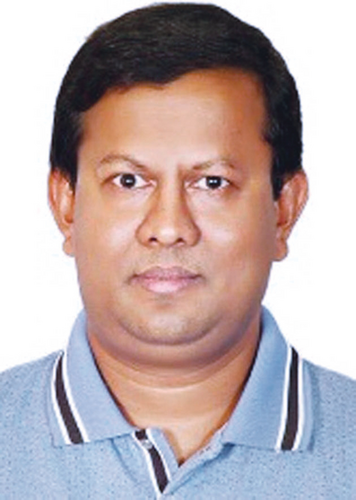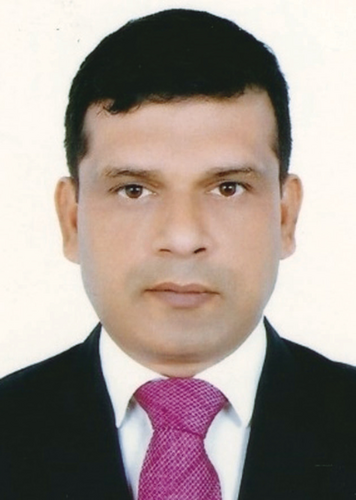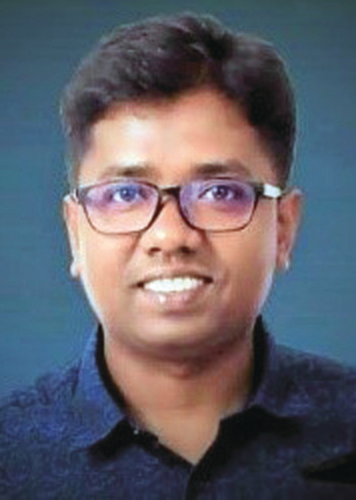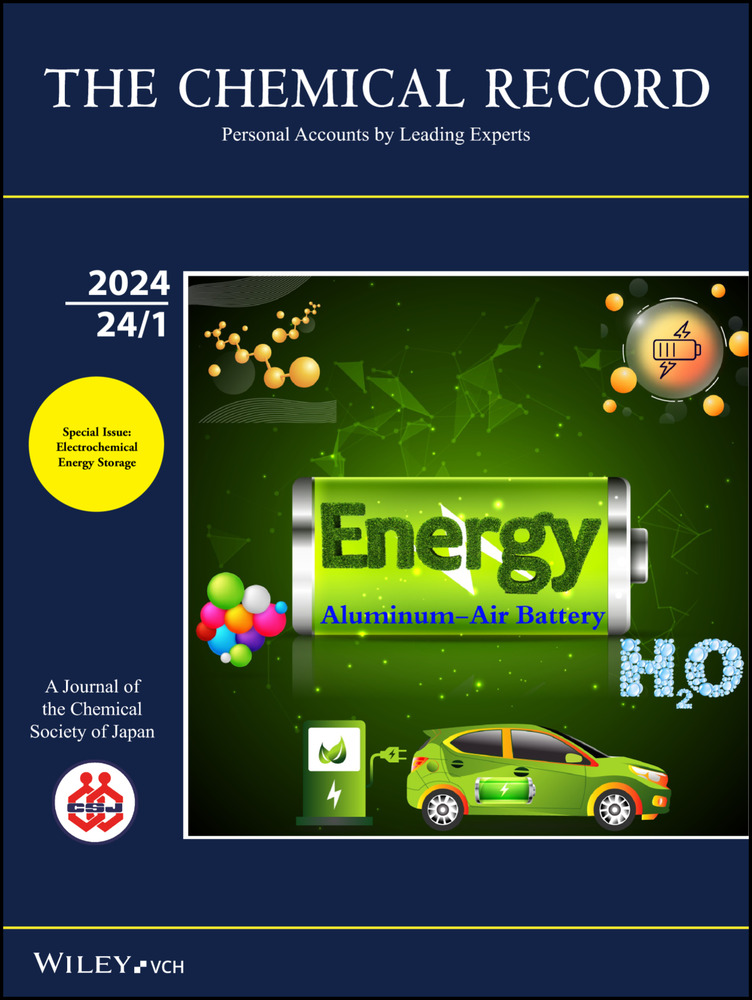Preface to the Special Issue on Recent Advances in Electrochemical Energy Storage
Graphical Abstract
Energy conversion, consumption, and storage technologies are essential for a sustainable energy ecosystem. Energy storage technologies like batteries, supercapacitors, and fuel cells bridge the gap between energy conversion and consumption, ensuring a reliable energy supply. From ancient methods to modern advancements, research has focused on improving energy storage devices. Challenges remain, including performance, environmental impact and cost, but ongoing research aims to overcome these limitations. A special issue titled “Recent Advances in Electrochemical Energy Storage” presents cutting-edge progress and inspiring further development in energy storage technologies.
Energy conversion, consumption, and storage technologies form the pillar of a robust and sustainable energy ecosystem. The continuous economic, technological, and social improvement of humans has triggered the development of various energy conversion technologies for subsequent consumption to power our daily lives and economic activities. Energy storage technologies, such as batteries, supercapacitors, and fuel cells, act as a bridge between energy conversion and consumption, allowing us to store energy and use it when demand is high or during periods of low production output. This safeguards a sustainable and reliable energy supply, mitigating the effects of inconsistency inherent in energy conversion and consumption.
At the beginning of human civilization, humans depend on simple energy storage methods such as storing kindling and food to survive during periods of shortage. In the 19th century, the quest for energy storage systems became more apparent with the advent of electricity. The invention of the voltaic pile1 marked a significant development, providing a method for storing electrical energy through chemical reactions and leading to the foundation for modern-day energy storage technologies such as batteries and supercapacitors. In order to balance energy conversion, consumption, resources, materials, and necessity, the ongoing research and development of advanced energy storage technologies plays a crucial role. This prompted the evolution of energy storage technologies from the Leyden jar2 to modern-day batteries (e. g., Li-ion batteries, alkaline batteries, redox flow batteries, etc.), supercapacitors (e. g., electric double-layer capacitors, pseudocapacitors, hybrid capacitors, etc.), and fuel cells. Even though battery technologies have achieved significant advancement, challenges remain, such as environmental impact, high cost, low cycle life, the difficulty of simultaneous energy conversion and storage, and the need to improve energy density. Although supercapacitors exhibit long cycle life, their primary limitations are lower energy density and operation voltage, constraining their applications in high-voltage electronic devices. On the contrary, fuel cell shows higher energy density than batteries and supercapacitors. However, the high cost of fuel production (e. g., hydrogen), low power density, and challenges in integration into various portable electronics still limit their widespread applications. Ongoing research focuses on exploring novel materials and device architecture engineering to overcome these challenges of batteries, supercapacitors, and fuel cells to pave the way for developing high-performance energy storage technologies. Figure 1 illustrates a noteworthy trend in the realm of electrochemical energy storage, wherein a substantial volume of publications is dedicated to this field. Furthermore, these numbers exhibit a consistent year-on-year increase, serving as evidence for significant advancements worldwide in the domain of electrochemical energy storage.
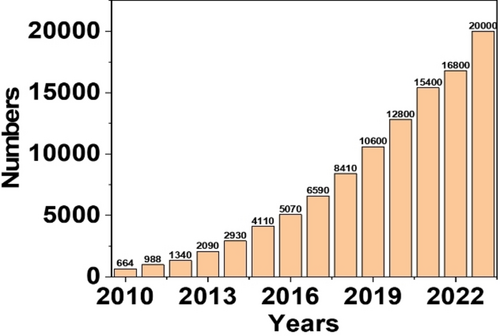
The number of publications versus years in the field of electrochemical energy storage. Source: Google Scholar on November 26, 2023.
It is our great honor to present this special issue of ‘’Recent Advances in Electrochemical Energy Storage’’ to deliver state-of-the-art research overviews of batteries, supercapacitors, and fuel cells by highlighting their fundamentals, progress, and future research directions. We have witnessed some valuable review articles and personal accounts. For example, Islam et al. summarize the current challenges and prospects of cathode for Aluminium-Air batteries by highlighting its fundamentals.3 Saha et al. summarize the recent advances in vanadium-based cathode materials for aqueous Zn-ion batteries.4 Rahman et al. review the state-of-the-art research progress on perovskite solar cell integrated photo-supercapacitors.5 Overall, we have observed noteworthy progress (Figure 1) and achievements in the research fields of various batteries, fuel cells, and supercapacitors over the past years and in this issue. As guest editors, we are confident that this special issue can motivate scientists and researchers with new ideas for successive research and development to advance these energy storage technologies further. Thanks to all authors, academic reviewers, and editors for giving their valuable time and expertise to complete this issue with the highest success. Finally, we express our sincere gratitude to Dr. Dinesh Talwar, the Managing Editor of The Chemical Record (Wiley-VCH), for his untiring devotion and efforts in warranting the timely accomplishment of this special issue with 35 articles.
Biographical Information
Dr. Md. Abdul Aziz received his M.Sc. in organic chemistry in 2001 from the University of Dhaka, Bangladesh. In 2009, he earned his Ph.D. in chemistry from Pusan National University, Republic of Korea. He then worked as a postdoctoral fellow in the Department of Material Chemistry, Kyoto University, from 2009–2011. He is now a Research Scientist-I at the Interdisciplinary Research Center for Hydrogen and Energy Storage (IRC-HES), KFUPM, Saudi Arabia. His main research interests are the preparation, immobilization, and functionalization of nanomaterials and carbonaceous materials, and their application in, supercapacitors, batteries, chemical, biochemical, and gas sensors, water splitting, and so forth. He is an inventor of over 35 USPTO patents and author of over 200 journal papers.
Biographical Information
A. J. Saleh Ahammad is currently working as a Professor in the Department of Chemistry, Jagannath University. He is also an Associate Fellow of the Bangladesh Academy of Sciences. He received his BSc and MSc from the Department of Chemistry, University of Dhaka. He obtained his PhD in 2011 from Konkuk University, Korea. Then he moved to the Centre for Advanced Research in Sciences (CARS), University of Dhaka, and worked as a Senior Scientist. He did his Postdoctoral Research in the Department of Chemical Engineering, Sungkyunkwan University, Korea. His research interest includes nanochemistry, analytical and bioanalytical chemistry, surface modification, electrochemical sensors and biosensors, material Sciences, photoelectrochemistry, dye-sensitized solar cell, supercapacitors, water splitting, and battery.
Biographical Information
Dr. Md. Mahbubur Rahman has been an Associate Professor at Konkuk University, South Korea, since September 2021. In 2005, he earned his M.S. degree in Chemistry from the University of Dhaka, Bangladesh, and in 2014, he obtained his Ph.D. degree in electrochemistry from Konkuk University, South Korea. He also served as a postdoctoral scholar at Incheon National University, South Korea. His research focuses on the advancement of nanomaterials for diverse electrochemical and photo-electrochemical technologies, including solar cells, energy storage, and electrochemical sensors.




